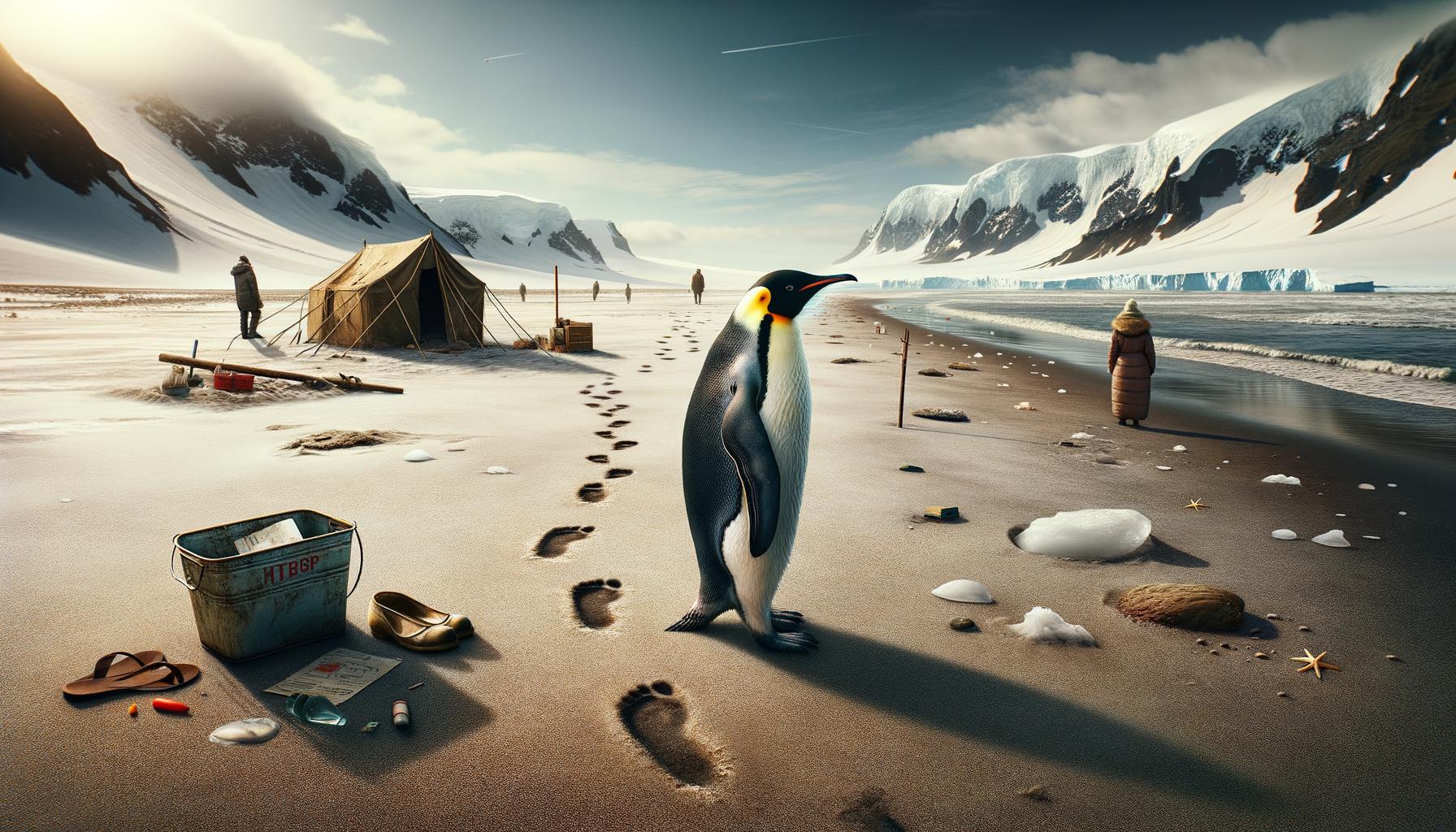In a remarkable turn of events, scientists have accidentally uncovered a new species capable of reversing its age, joining the ranks of the infamous immortal jellyfish. This finding, published in the Proceedings of the National Academy of Sciences, highlights the comb jellyfish (Mnemiopsis leidyi) as another member of the “forever young” club, defying conventional biological norms. Researchers from the University of Bergen in Norway were taken by surprise when a larval ctenophore emerged in a tank designated for a mature specimen. This discovery not only broadens the understanding of aging in the animal kingdom but also raises intriguing questions regarding the evolutionary roots of life cycle adaptability.
In exploring this phenomenon, researchers were led by Joan J. Soto-Angel, who noted, “The work challenges our understanding of early animal development and body plans, opening new avenues for the study of life cycle plasticity and rejuvenation.” The unexpected appearance of the larval stage prompted a series of experiments aimed at understanding what circumstances would provoke a ctenophore to revert to its juvenile form. This groundbreaking research indicates that extreme stress can act as a catalyst, prompting significant physiological changes in the jellyfish.
Soto-Angel’s team observed compelling transformations in the jellyfish over several weeks. They documented how the animal not only restructured its physical form but also altered its feeding behaviors to exhibit characteristics typical of a cydippid larva. “Witnessing how they slowly transition to a typical cydippid larva as if they were going back in time, was simply fascinating,” said Soto-Angel. Such transformations hint at a deeper biological mechanism that allows these ancient organisms to escape the constraints of aging.
The comb jelly, believed to have emerged around 700 million years ago, might even represent one of the earliest forms of animal life. The findings underscore that reverse development could be an intrinsic capability evolved over vast geological epochs. Paul Burkhardt, another co-author of the study, remarked on the significance of the discovery: “This is a very exciting time for us. This fascinating finding will open the door for many important discoveries. It will be interesting to reveal the molecular mechanism driving reverse development, and what happens to the animal’s nerve net during this process.”
The researchers propose that such life cycle plasticity—where organisms exhibit biological changes in response to environmental stressors—could be more prevalent in the animal kingdom than previously understood. While humans continue to seek effective ways to combat aging, this research provides an exceptional model for the mechanisms behind rejuvenation, suggesting there is much more to explore within developmental biology. The possibility of uncovering more “time-traveler” species beckons exciting prospects for future research, potentially offering insights into the aging process that affects all multicellular life.




